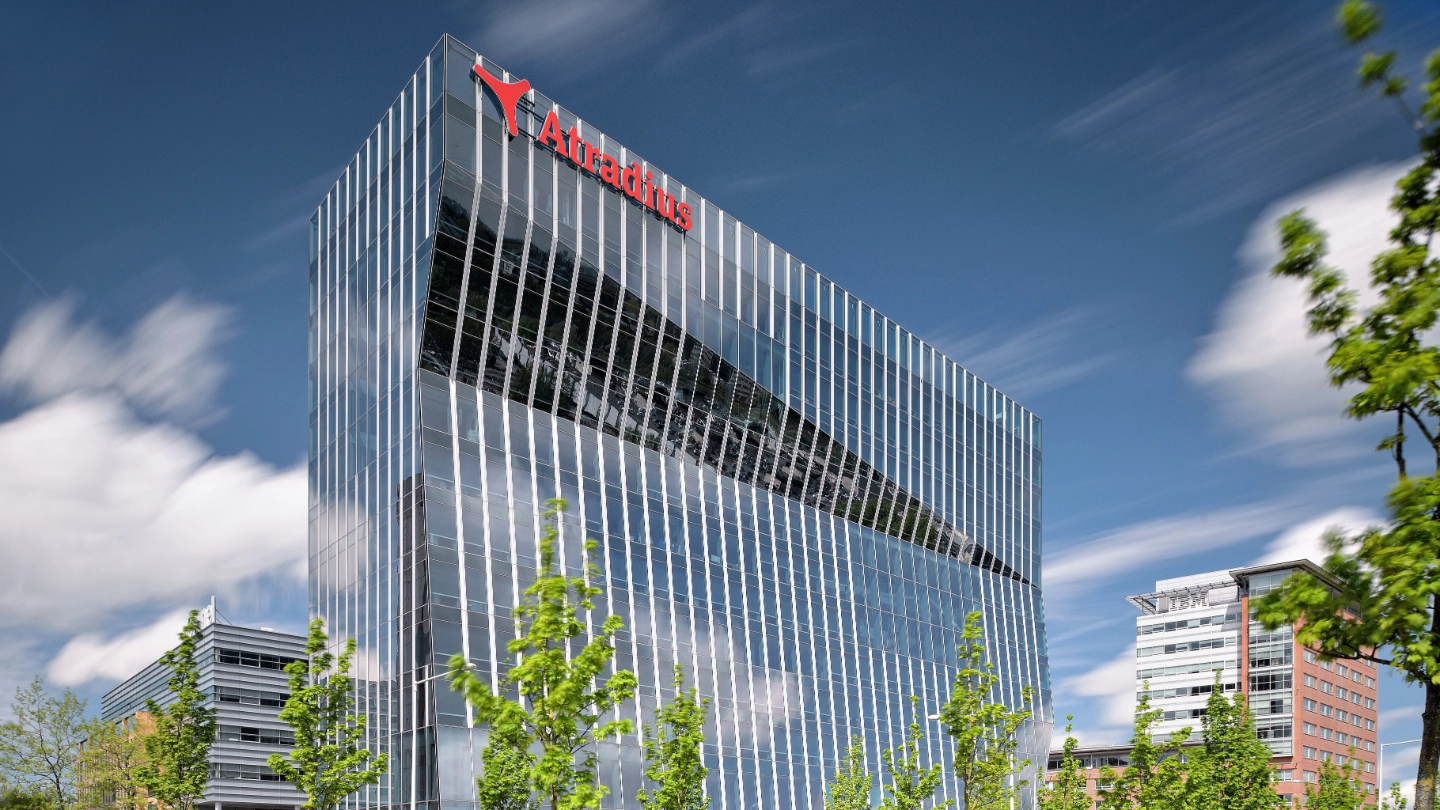Atradius Atrium
Get direct access to your policy information, credit limit application tools and insights.
 Ireland
Ireland













Load more
Viewing 7 out of 153







Load more
Viewing 7 out of 35







Load more
Viewing 7 out of 14














Load more
Viewing 7 out of 9